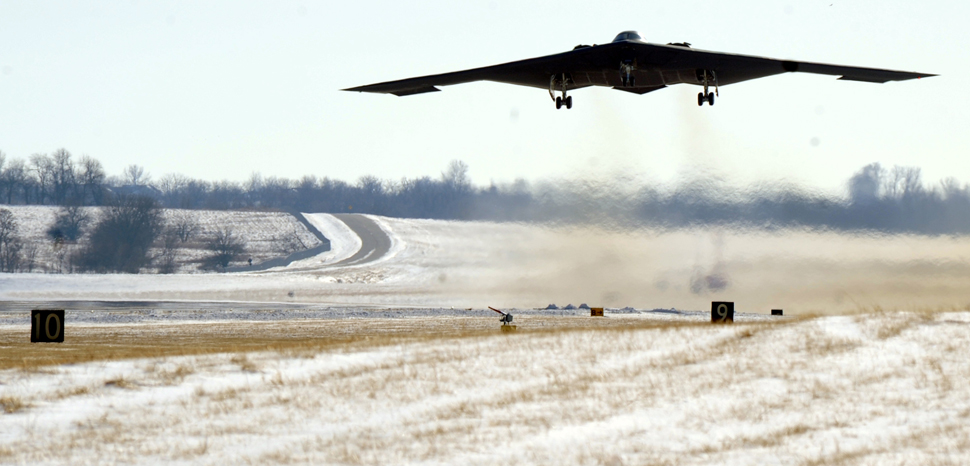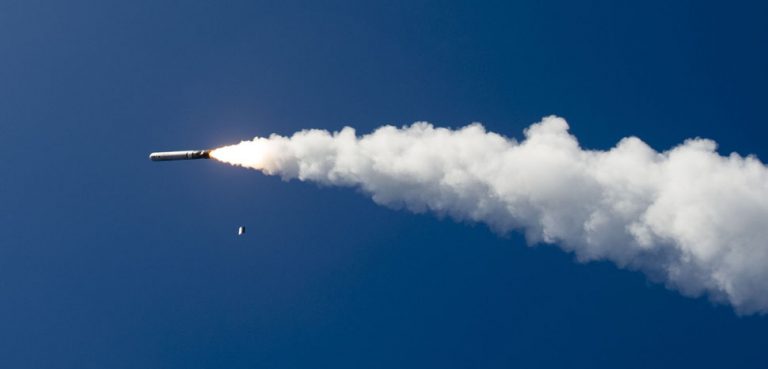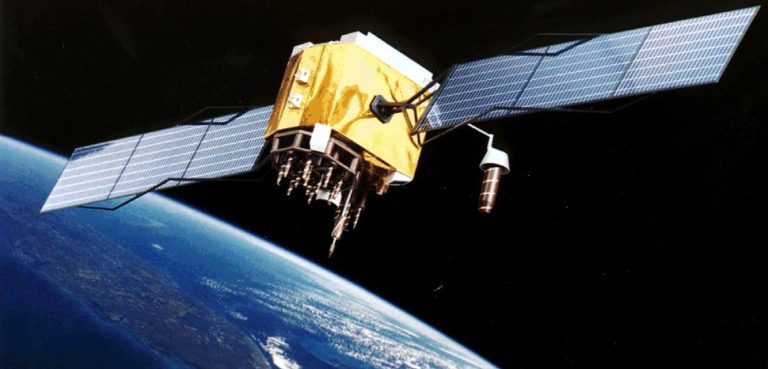Summary
When it was first introduced by the US armed forces toward the end of the Cold War, stealth technology represented a major shift in the conduct of military operations. Low radar observability – a more appropriate term for ‘stealth’ – allowed American aircraft to safely penetrate into heavily defended areas without being detected by enemy sensors; and it demonstrated its operational value for the first time during the 1991 Gulf War. It then became an integral part of US military operations, one that was gradually applied to other platforms, including ships. While today it is no longer a US monopoly, since other powers like Russia and China have also deployed hardware with purported low-observability features, the technology remains the exclusive domain of advanced militaries and provides a significant operational advantage.
New experimental technologies, however, hold the potential to change the status quo. A new kind of sensor, called ‘quantum radar,’ holds the promise of detecting stealth platforms. While this technology is still in its early stages and currently presents notable technical limitations, if successful it could usher in the next chapter in the everlasting dialectic between defense and offense in warfare.




